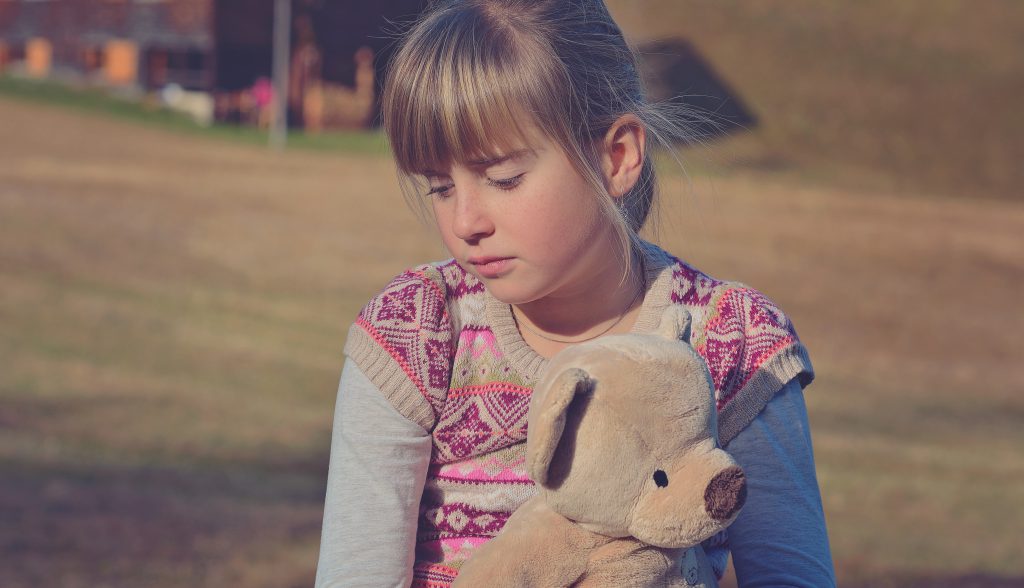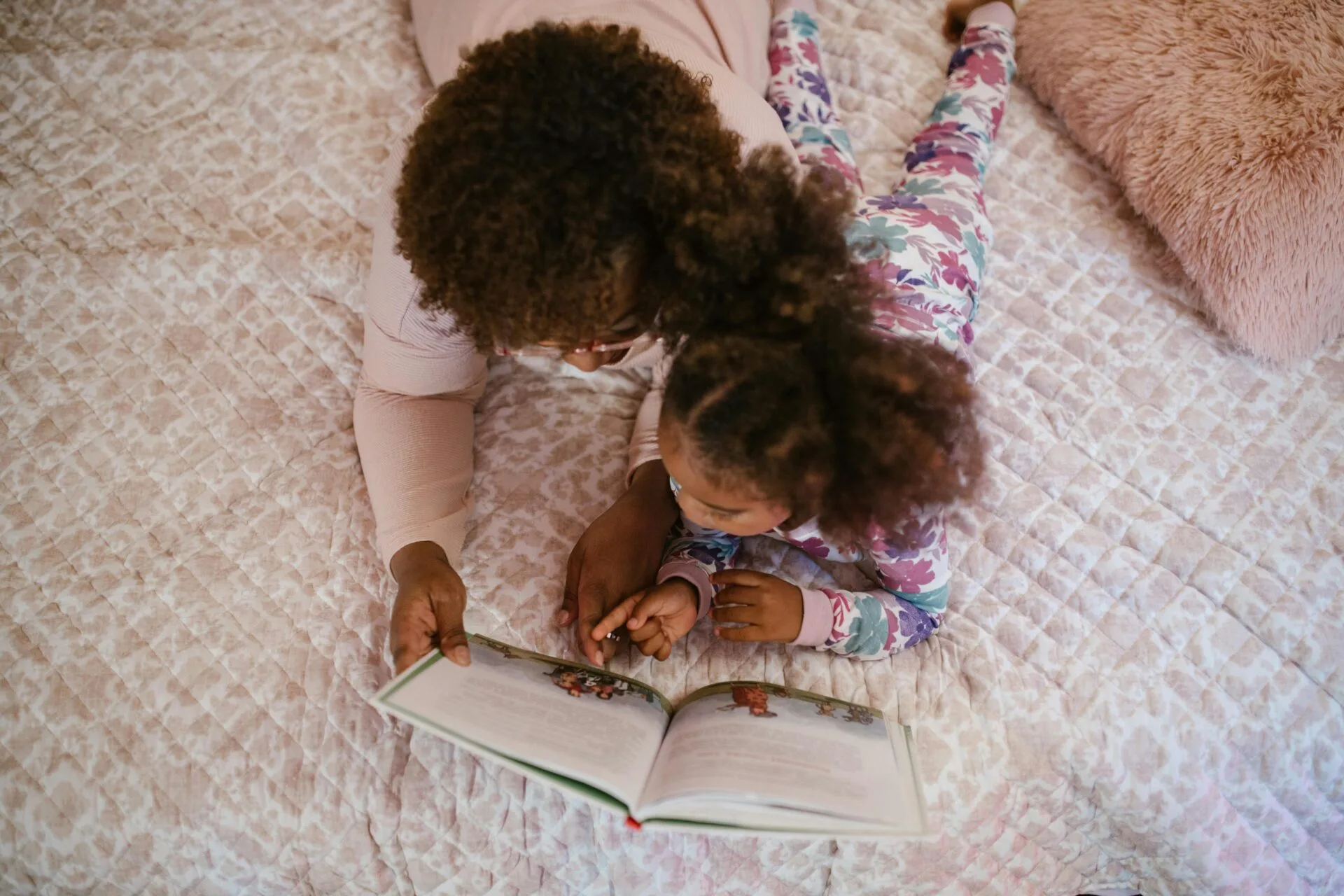Are shyness and Social Anxiety Disorder the same thing? If my child is shy, will he/she grow up to have Social Anxiety Disorder?
The answer to both of these questions is NO. There are many differences between shyness and Social Anxiety Disorder.
- While shyness can eventually turn into Social Anxiety Disorder, it isn’t definite or a natural progression. In fact, many people with Social Anxiety Disorder don’t even think of themselves as shy.
- Shyness is a personality trait whereas Social Anxiety Disorder is a diagnosis.
- Shyness is considered something that children can grow out of whereas, without treatment, Social Anxiety Disorder can last for many years and prevent a person from reaching their full potential.
- The nervous feelings often subside when someone who is shy becomes more familiar with another person or situation whereas, when you have Social Anxiety Disorder, the nervous feelings don’t subside and may even worsen.
- In most people with shyness, their physical symptoms are obvious, as they tend to blush, sweat, and make little eye contact. However, in some people with Social Anxiety Disorder the physical symptoms are not obvious. While they may be struggling internally, they come across as talkative and friendly.
- Another difference between Social Anxiety Disorder and shyness is the intensity of the stressful feelings. Many people with Social Anxiety Disorder criticize themselves, over-analyze, and re-live past social situations while this is less common with shyness.
The good news for both shyness and Social Anxiety Disorder is that there are treatments that work. Specifically, Cognitive Behavior Therapy (CBT) has been shown to improve symptoms of Social Anxiety a great deal. In this type of therapy, patients learn how to recognize and change negative thoughts about themselves. Another effective treatment for both shyness and Social Anxiety Disorder is support groups or social skills groups. In these groups, patients not only learn specific skills in order to help them, but they get exposure to other people in a more controlled setting than the “real world.”







